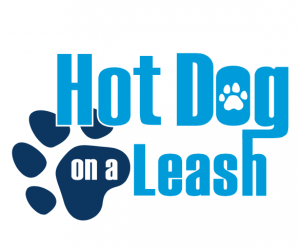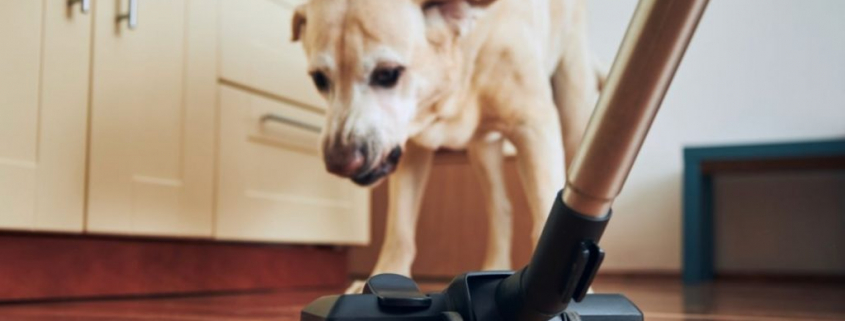Dogs & Vacuums
Unfortunately, many dogs have negative feelings about vacuum cleaners. You may be wondering why this happens in the first place. As humans, we believe vacuums are harmless, but to dogs, they can be loud and intimidating. Why are dogs afraid of vacuum cleaners? Continue reading to learn more.
For many dogs, the movement and sound of the vacuum may elicit prey drive, causing the dog to want to chase, nip, or herd the vacuum. To no surprise, vacuums are loud and unpleasant to our four-legged friends. Did you know that dogs can hear sound frequencies at least three times as high compared to the human ear? Dogs already sound sensitive or nervous may be predisposed to discomfort around the vacuum.
Many dogs go into fight-or-flight mode when vacuums are used. Some dogs will run away and hide from the vacuum, while other dogs will attempt to attack, lunge, bark, or bite at the vacuum. Both of these responses are rooted in fear.
How do you get your dog used to the vacuum? Do not scold or punish your dog for its reactions to the vacuum. Instead, use positive reinforcement training. This will help your dog develop new responses to the presence of the vacuum. Counterconditioning and desensitizing are training techniques that will help your dog change how they think about specific items (vacuums, for example).
Take steps to introduce your dog to the vacuum.
- Vacuum off. Show your dog the vacuum, but do not turn it on. Allow your dog to explore the vacuum. Praise and reward your dog with treats when it shows interest.
- Moving the vacuum. The next thing is to get the dog used to the idea that the vacuum can move. Start moving the vacuum without it being turned on. Praise and reward your dog.
- Vacuum on. When your dog is comfortable with steps one and two, it is time to turn the vacuum on. When the vacuum gets turned on, praise your dog and offer treats.
It is crucial to have patience when introducing a vacuum to your four-legged friend! You want to work at your dog’s pace to build comfort around the vacuum cleaner. Your dog may get overwhelmed at first. Return to training when your dog is comfortable. You can contact a dog trainer for assistance if you have any issues at home.



